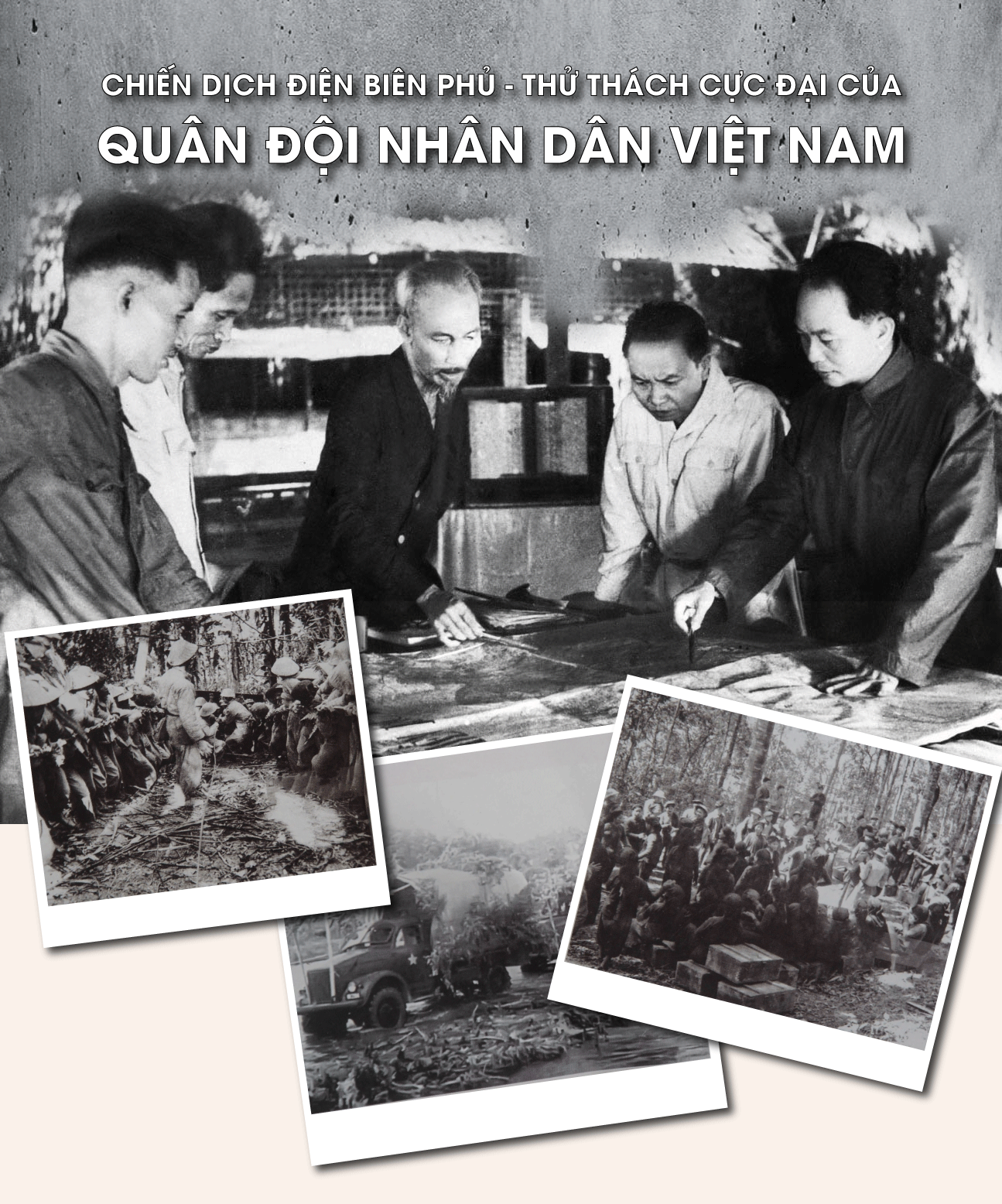

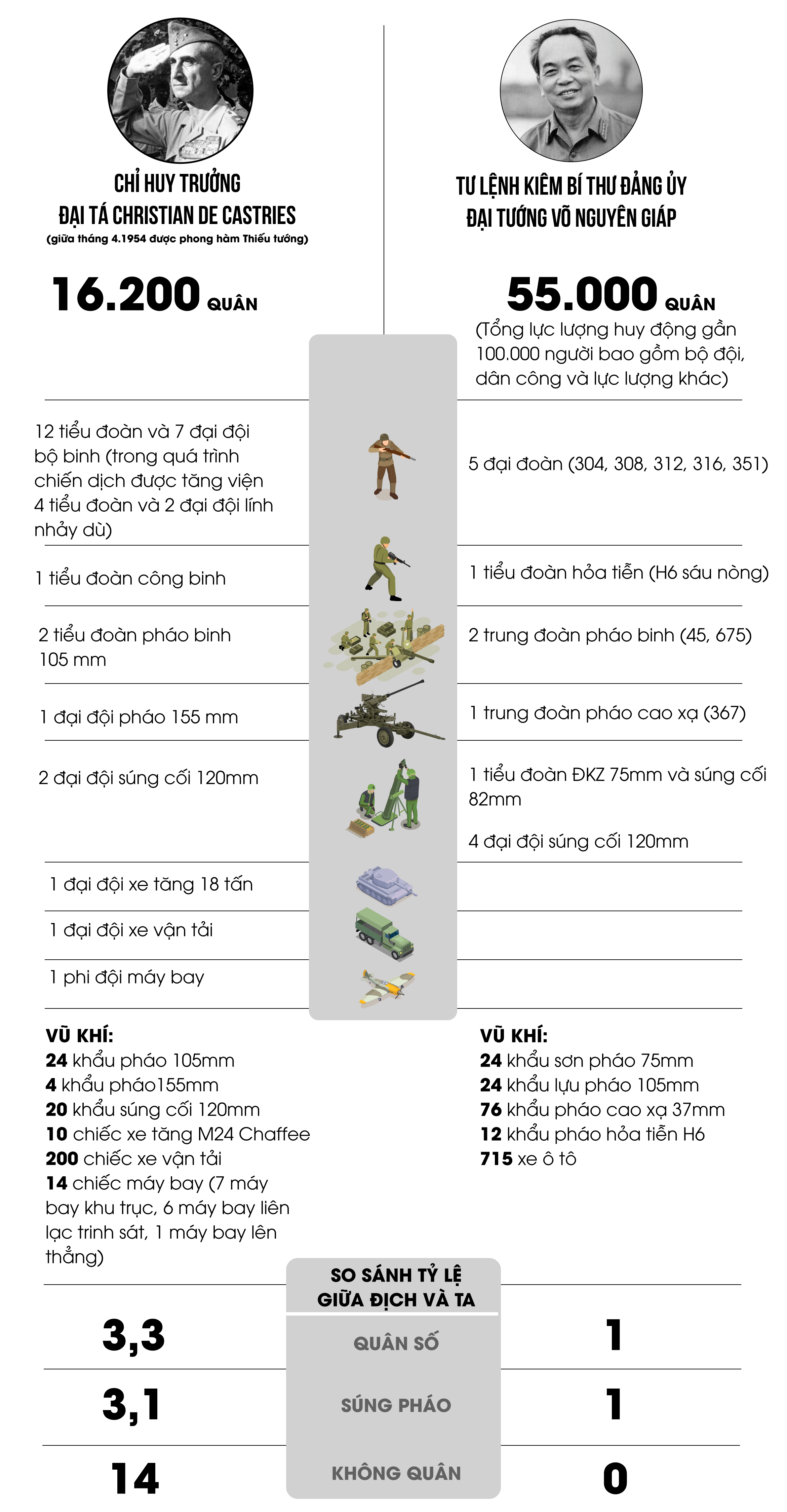

Before the war of survival, the VPA (People's Army of Vietnam) had a larger number of troops than the enemy but had no experience in large-scale attacks above the battalion level. According to the military theory "Three attacks and one defense", the attacking side must be at least three times stronger than the defending side in both numbers and firepower to be considered balanced. In terms of numbers, the VPA had just reached this ratio, but in terms of firepower and equipment, we were far inferior to the French. With a dense and modern amount of technical means and equipment, the French coalition had a complete advantage over the VPA. In an offensive position, in order to charge towards the enemy base, Vietnamese troops would have to run about 200m in open terrain covered with barbed wire and minefields, and endure all kinds of French firepower without any armored vehicles or obstacles to cover them.
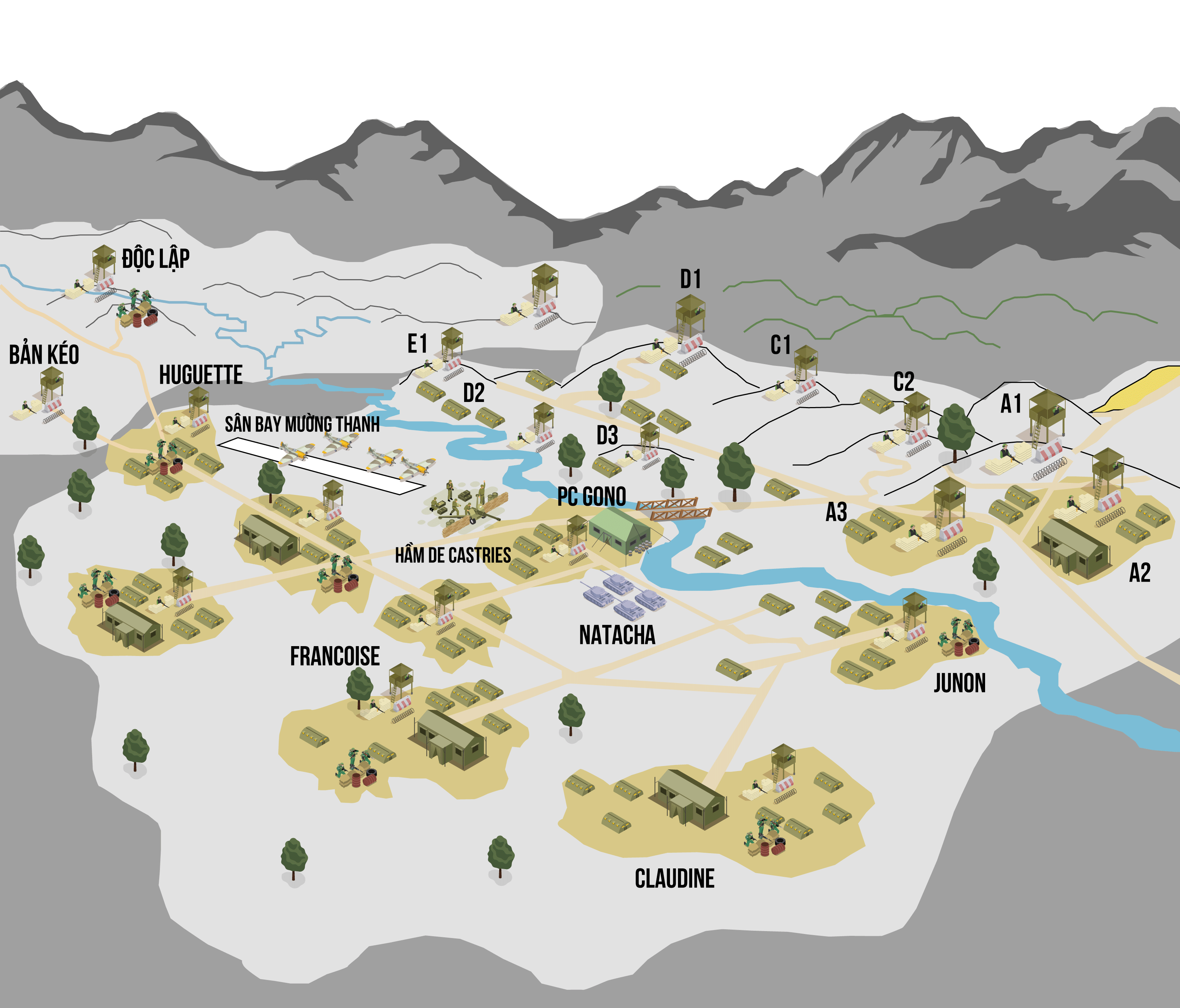
In particular, the biggest difficulty of the VPA was logistics. The French side believed that the VPA could not bring large artillery (105mm or larger) to Dien Bien Phu, and that the logistical difficulties of the VPA were insurmountable, especially when the rainy season came. Navarre argued that Dien Bien Phu was 300-400 km away from the Viet Minh rear base, through dense forests and high mountains, the VPA could not supply food and ammunition to 4 divisions, and at best the VPA would have to retreat after running out of supplies after only a week. On the contrary, the French troops would be supplied by aircraft, unless the airport was destroyed by the VPA's artillery. Navarre believed that this was unlikely to happen because the airport was beyond the range of the VPA's 105mm artillery, and even if the VPA could bring artillery closer, it would be immediately destroyed by French aircraft and heavy artillery.

The General Staff of the Vietnam People's Army together with the General Department of Supply calculated that: Initially, we must mobilize for the campaign at least 4,200 tons of rice (not including rice for laborers), 100 tons of vegetables, 100 tons of meat, 80 tons of salt and 12 tons of sugar. All must be transported over a 500 km long distance, mostly steep and dangerous passes, and frequently attacked by French aircraft. According to the transportation experience summarized in the Northwest campaign (1952), if we use laborers to carry rice with shoulder poles, then to have 1 kg of rice reaching the destination, we must have 24 kg to eat along the way. So if we also transport entirely by laborers on foot, to have the above amount of rice, we must mobilize from the rear more than 100,000 tons of rice, and mobilize more than 2 million laborers to carry it. Both of these numbers are many times higher than the resources that can be mobilized.

President Ho Chi Minh, together with the Politburo and the Central Military Commission, proposed decisive and creative solutions. On the one hand, President Ho encouraged the people and ethnic minorities in the Northwest to save food to contribute on the spot. On the other hand, President Ho encouraged laborers to coordinate with engineers to speed up road construction and repair, and mobilize all means of transport such as horse-drawn carriages, bicycles, boats, etc. to minimize the amount of food consumed along the way because it had to be brought from afar.

The number of laborers from the mid-line up alone was 14,500. Regarding road preparation, all roads along the campaign line had to be able to be transported by car. Previously, in preparation for the attack on Na San, Road 13 from Yen Bai to Ta Khoa had been repaired, but now it needed to be further repaired. The road from Moc Chau to Lai Chau was very bad and needed a lot of repair. The Ministry of Transport and Public Works was assigned to be in charge of Road 13 up to Co Noi, and Road 41 from Moc Chau to Son La, while the army was in charge of the remaining stretch of Road 41 from Son La to Tuan Giao, and from Tuan Giao to Dien Bien Phu (later called Road 42). Two infantry regiments, along with engineering troops, and thousands of laborers were mobilized to widen 89 km of road and repair 100 damaged bridges on the Tuan Giao - Dien Bien Phu road so that cars could quickly transport rice and ammunition to the units. The campaign logistics also organized the Son La - Muong Luan - Na Sang land transport route to ensure the units in Hong Cum; organized boats and rafts along the Nam Na River to transport rice from Ba Nam Cum to Lai Chau. The implementation period began in December 1953. During the preparation phase, the road and bridge forces built 89 km of new roads and repaired and upgraded 500 km of roads.
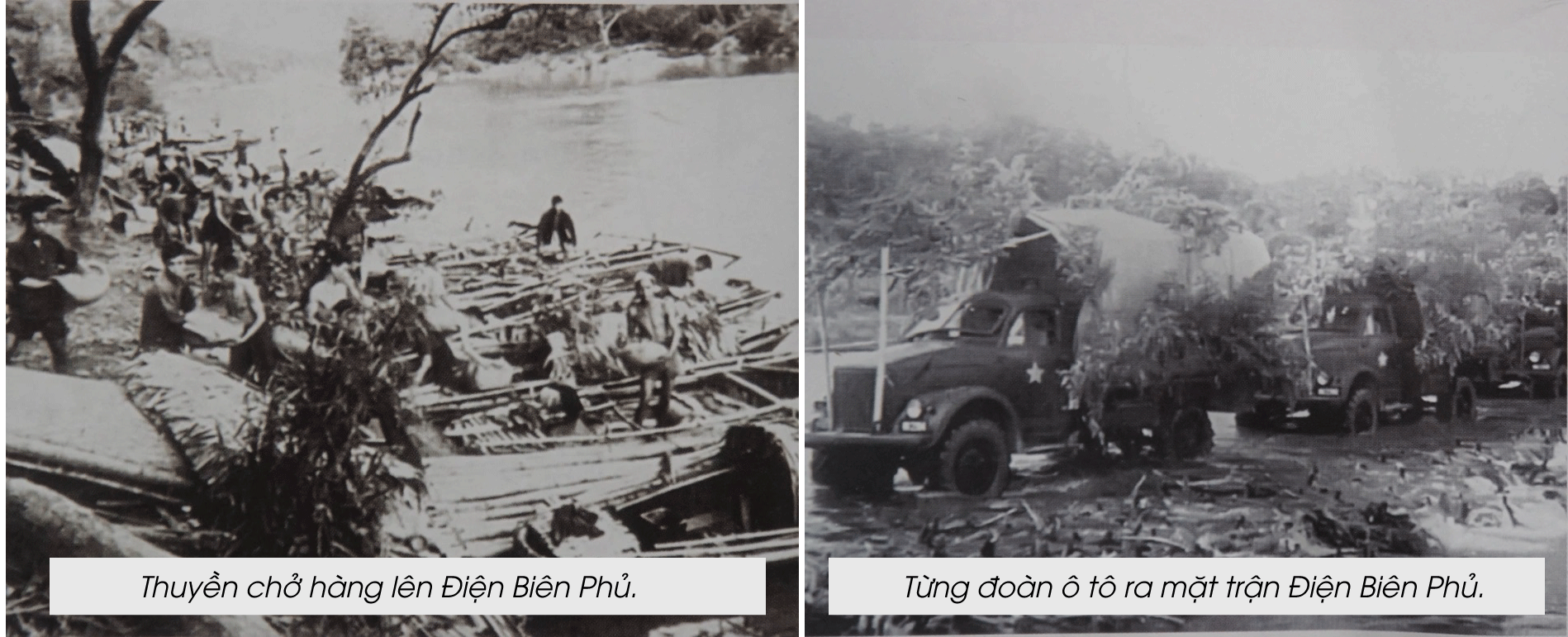 For the first time, motor vehicles were mobilized en masse to transport large numbers of people and vehicles to the battlefield. All 16 truck companies (534 vehicles) of the General Department of Supply were used (the campaign route used 446 vehicles); at times, they were reinforced with 94 vehicles from various military units. To have a strong force for the Dien Bien Phu campaign, we mobilized the maximum amount of human and material resources: tens of thousands of laborers and soldiers built field roads in an extremely short period of time, under very difficult conditions in the mountains, and were constantly bombed by French planes. Laborers from the Viet Minh-controlled areas in the lowlands went to Dien Bien to supply supplies by carrying poles and bicycles, combined with machinery to ensure logistics for the campaign. The army, including youth volunteers and frontline laborers, mobilized up to hundreds of thousands of people (5 times the number of main force troops) and was organized like the army.
For the first time, motor vehicles were mobilized en masse to transport large numbers of people and vehicles to the battlefield. All 16 truck companies (534 vehicles) of the General Department of Supply were used (the campaign route used 446 vehicles); at times, they were reinforced with 94 vehicles from various military units. To have a strong force for the Dien Bien Phu campaign, we mobilized the maximum amount of human and material resources: tens of thousands of laborers and soldiers built field roads in an extremely short period of time, under very difficult conditions in the mountains, and were constantly bombed by French planes. Laborers from the Viet Minh-controlled areas in the lowlands went to Dien Bien to supply supplies by carrying poles and bicycles, combined with machinery to ensure logistics for the campaign. The army, including youth volunteers and frontline laborers, mobilized up to hundreds of thousands of people (5 times the number of main force troops) and was organized like the army. 
One of the important forces serving the campaign's logistics was the pack-cart team of over 20,000 people, with a loading capacity of 200-300 kg per vehicle, the record being up to 352 kg (that person was Mr. Ma Van Thang, commander of a porter team of over 10 people in Thanh Ba - Phu Tho). The improved pack-cart could provide a cargo-carrying capacity 10 times higher than that of porters on foot. At the same time, the pack-cart also reduced the consumption of rice along the way for the transporter. In addition, the pack-cart could operate well on rough, muddy, and muddy roads that cars could not travel on. This primitive means of transport caused a great surprise beyond the expectations of the French commanders, upsetting all previous calculations and predictions of the French when they thought that the Viet Minh could not ensure logistics for a large, long-term campaign in such complex conditions.
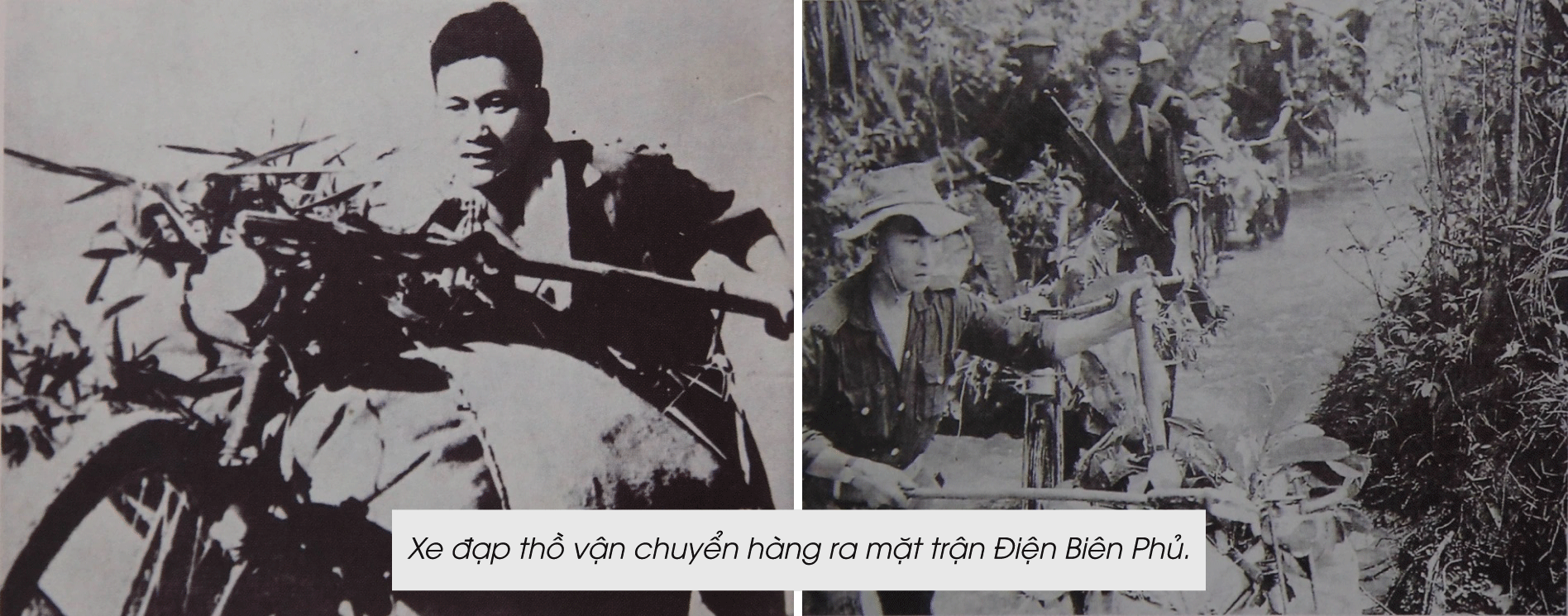

To prevent this, French aircraft carried out 1,186 air strikes on the traffic routes, with the highest number of bombers used 250 times a day (including B-26s). Lung Lo and Pha Din passes, traffic hubs Co Noi, Tuan Giao, Ta Khoa ferry... became the main targets of attacks, with the French dropping 160-300 bombs of various types on Co Noi and Pha Din passes in one day. To ensure smooth traffic, the Campaign Command used 2 battalions of 37mm anti-aircraft artillery, 12.7mm machine gun battalions to shoot down aircraft; 4 engineering battalions and tens of thousands of laborers to stick to the roads to repair them day and night. From the central line up, 308 km of motor roads were repaired, 63 km of artillery towing roads were rebuilt, and 102 waterfalls were destroyed to organize water transport on the Nam Na River. The total volume of excavation and filling was up to 35,000m3 of soil, 15,000m3 of rock, and thousands of time-exploding bombs were destroyed. Therefore, during the Campaign, “...rarely any road was cut off for more than 24 hours. Moreover, during the time the road was cut off, transportation continued by transferring or taking another route”.
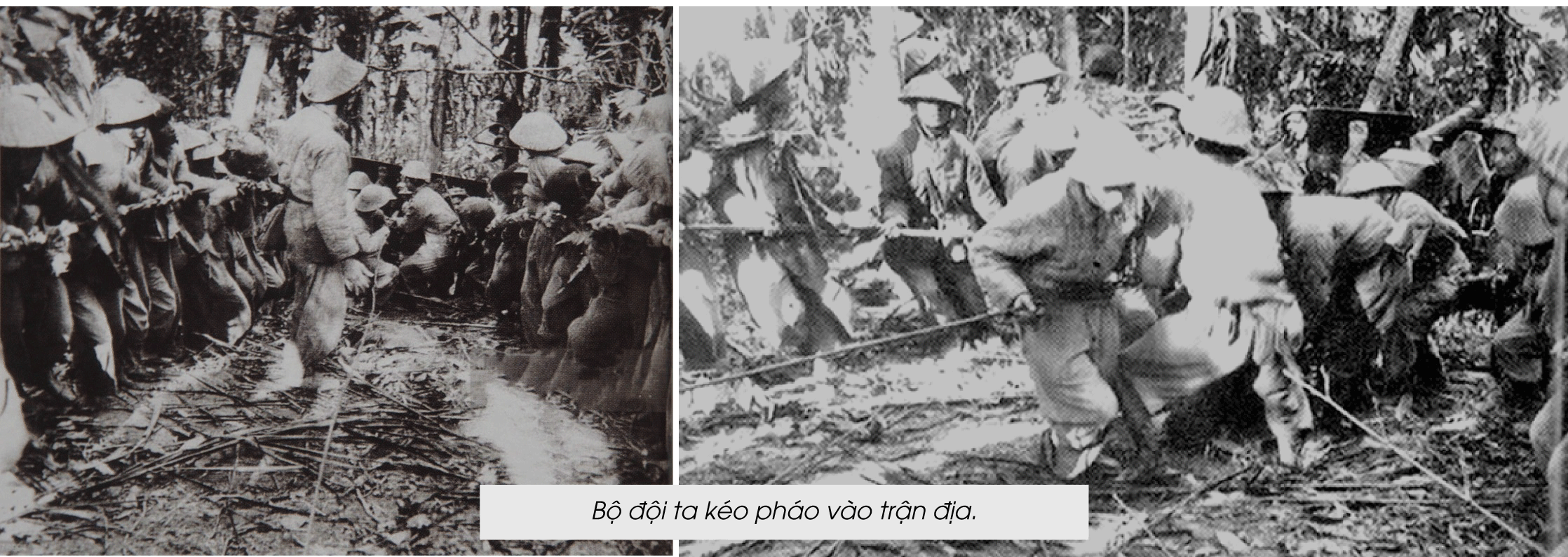
To transport large-caliber artillery (105mm howitzers and 37mm anti-aircraft guns) to Dien Bien Phu to fight, the artillery soldiers of the Vietnam People's Army cleverly disassembled the parts of the artillery that could be disassembled simply and easily (such as the artillery base, shield, artillery bolt, etc.) and then used human power to transport them to the battlefield. After arriving at the battlefield, the Viet Minh artillery troops assembled these parts together secretly, quickly and accurately. With that simple method, the Vietnamese artillery troops successfully transported 105mm howitzers weighing up to 2.2 tons (or 37mm anti-aircraft guns weighing 2.1 tons) to deploy deep in the artillery bunkers that were dug deep inside the mountains and hillsides by the engineers. The Viet Minh artillery troops built extremely secret, safe but very dangerous artillery positions for the French army. From above, these positions controlled the Dien Bien Phu basin very well and were extremely safe from enemy bombs and artillery. With this firepower arrangement, the artillery of the Vietnam People's Army was placed only about 5-7 km from the target, only half the maximum firing range so that each shot fired would be more accurate, consume less ammunition and have higher destructive power, following the principle of "dispersed firepower, concentrated firepower" proposed by General Vo Nguyen Giap, firing from many directions into a center. In contrast, the French artillery was deployed right in the center, exposed on the battlefield, quickly becoming a target for the Viet Minh artillery to aim directly at and fire back.

All preparations are complete, the Vietnam People's Army is ready for the decisive battle.

Laodong.vn


![[Photo] Prime Minister Pham Minh Chinh receives Rabbi Yoav Ben Tzur, Israeli Minister of Labor](https://vphoto.vietnam.vn/thumb/1200x675/vietnam/resource/IMAGE/2025/5/21/511bf6664512413ca5a275cbf3fb2f65)

![[Photo] Scientific workshop "Building a socialist model associated with socialist people in Hai Phong city in the period of 2025-2030 and the following years"](https://vphoto.vietnam.vn/thumb/1200x675/vietnam/resource/IMAGE/2025/5/21/5098e06c813243b1bf5670f9dc20ad0a)

![[Photo] Coming to Son La, let's "show off" with the Wallflowers](https://vphoto.vietnam.vn/thumb/1200x675/vietnam/resource/IMAGE/2025/5/21/627a654c41fc4e1a95f3e1c353d0426d)
![[Photo] Prime Minister Pham Minh Chinh receives the President of Asia-Pacific region of PowerChina Group](https://vphoto.vietnam.vn/thumb/1200x675/vietnam/resource/IMAGE/2025/5/21/0f4f3c2f997b4fdaa44b60aaac103d91)
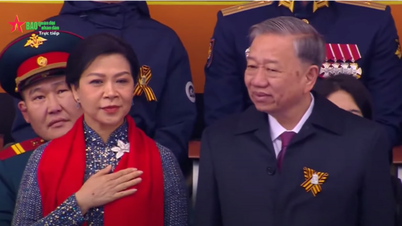





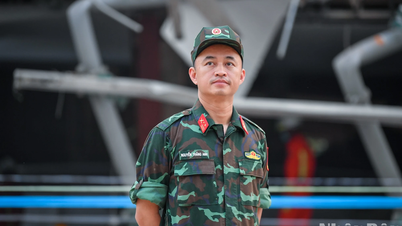

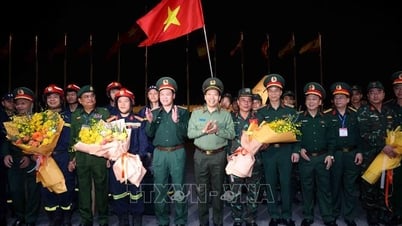

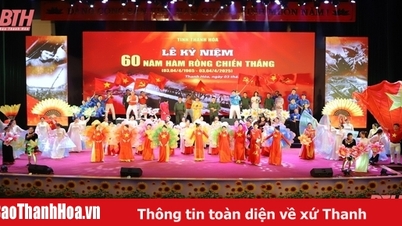













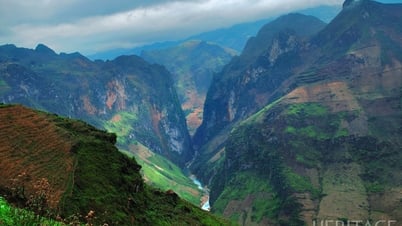
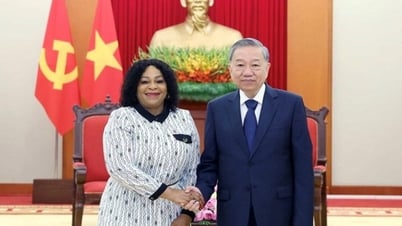
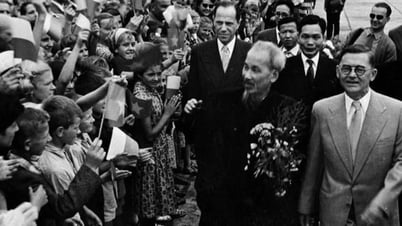
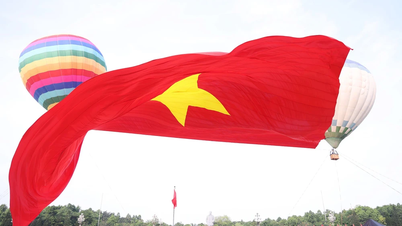
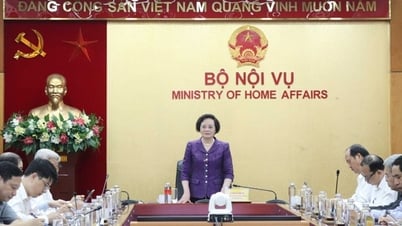
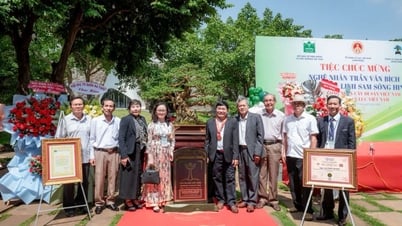








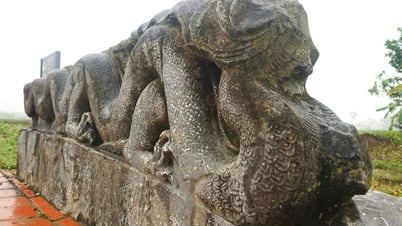
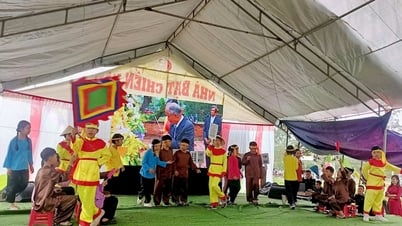









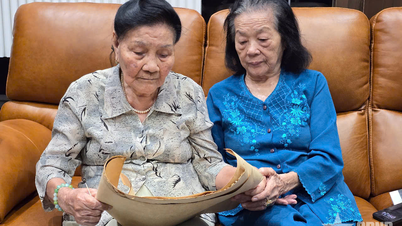







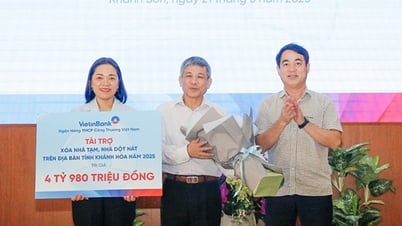


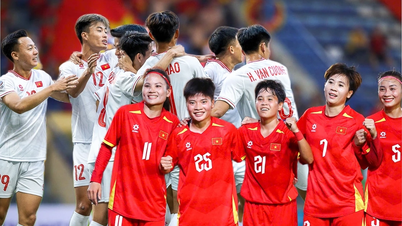
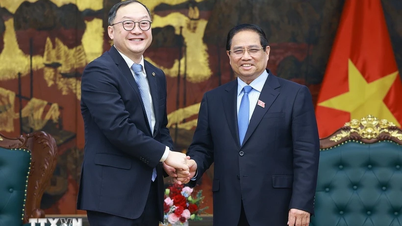

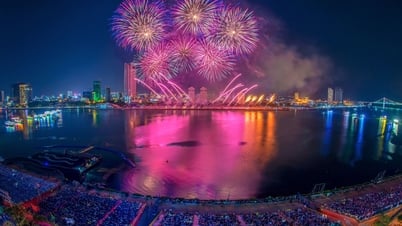
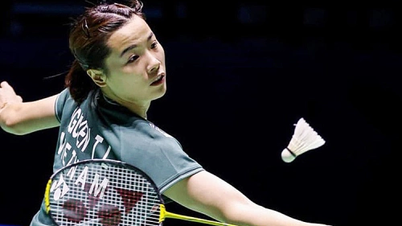

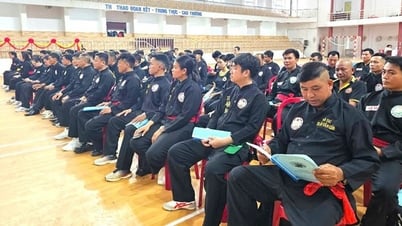
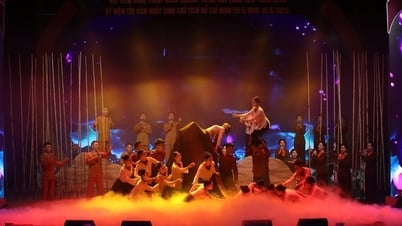


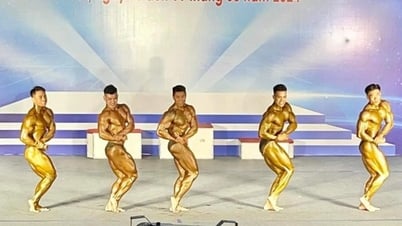
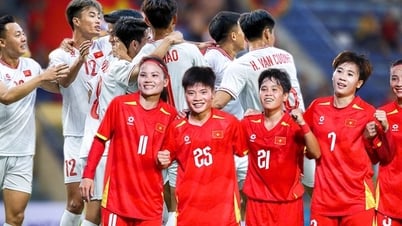
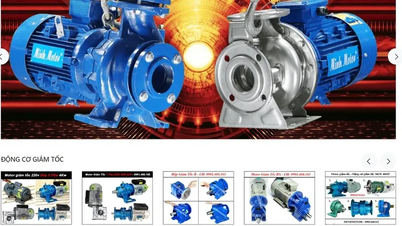

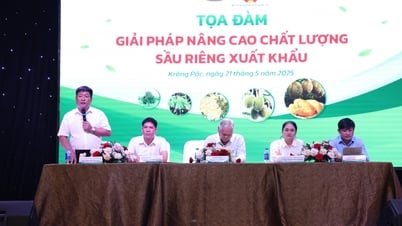

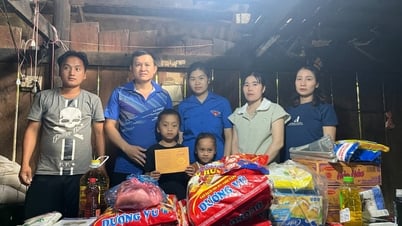

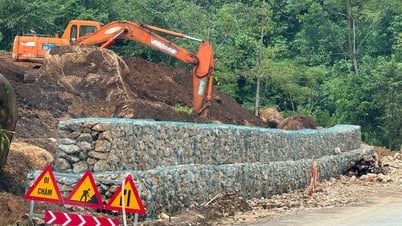

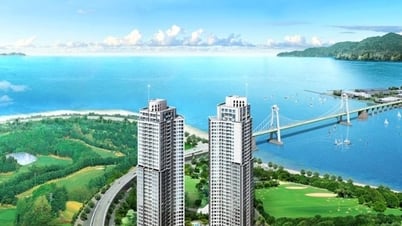

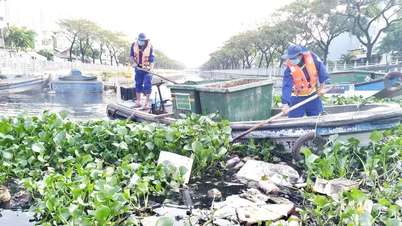








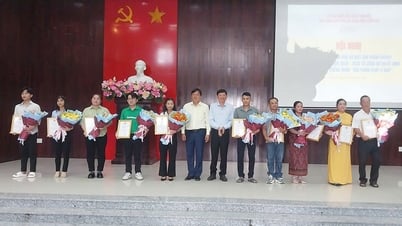



Comment (0)